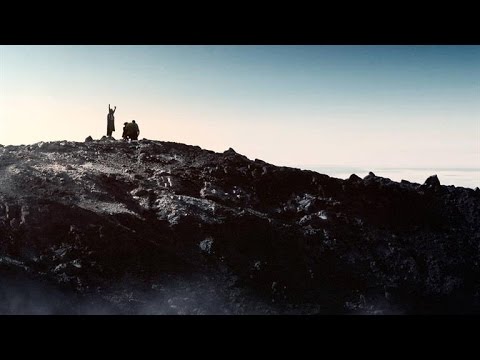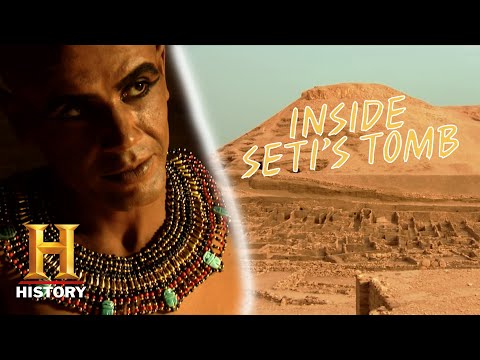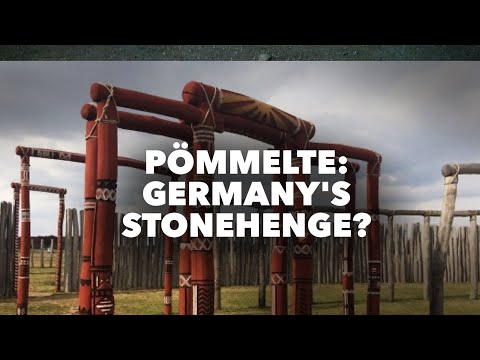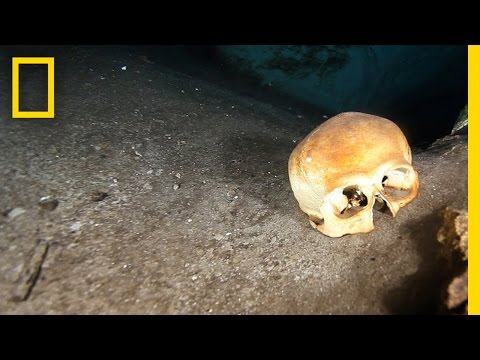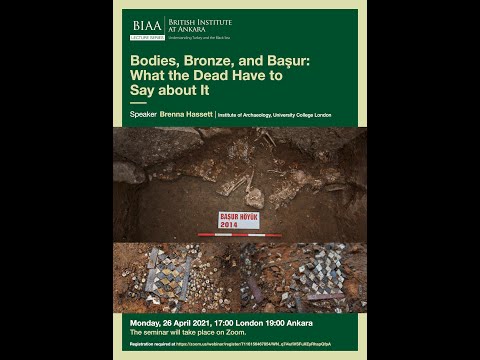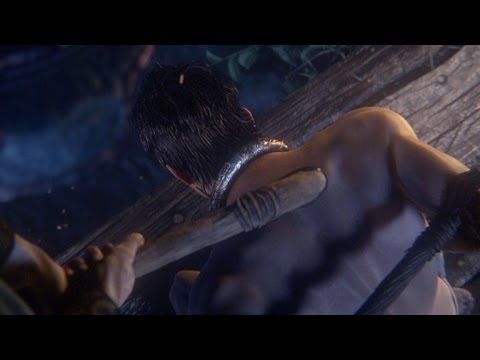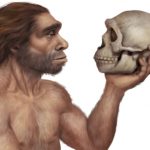Unsurprisingly, no gift to the gods was more valuable than a human life. Many of the tales of human sacrifice from the ancient world seem fanciful, like Caesar saying Druids burned people in huge wicker statues, but archaeology has shown that human sacrifice was a very real phenomenon. Here are ten examples of human sacrifice from the ancient world.
10 Inca Mummies
In 1999, the bodies of three children were discovered in a chamber high in the Andes mountains. They were dead. Long dead, but they looked as if they might have just fallen asleep. They have been described as among the best-preserved mummies in the world and have provided a great deal of evidence about the practice of human sacrifice in the Inca empire. Sources on Inca religion record how Capacocha ceremonies often involved human sacrifice. Children, especially those that were considered physically perfect, were taken from their families and underwent purification rituals in the Inca capital. From there, they were carried to a mountain location and left to die or helped to die with violent blows. The bodies of the children found at Llullaillaco reveal that the sacrifices were well fed and cared for before their sacrifice. The cold and dry conditions of the area preserved even the internal organs of the mummies. From this, we know that they were given a protein-rich diet—and a lot of alcohol and coca leaves. It seems that the children were drugged when placed into their tomb and died from the cold.[1]
9 Egyptian Retainer Sacrifices
Egyptian mummies are probably the most famous in the world. For the Egyptians, they served a very practical part in their religion. The Egyptians believed in an afterlife and a soul, called the ka, but death was not as simple as the soul flying out of the body. The ka needed an intact body to return to—hence mummification was necessary for the soul’s well-being. If you wanted your soul to be cared for in the afterlife, then you might sacrifice your servants and retainers when you died. The first king of the first Egyptian dynasty died around 3000 BC. King Aha’s tomb is surrounded by the graves of court officials who were sacrificed to serve him in the eternal hereafter. Aha’s successor as pharaoh was his son Djer, and his own grave revealed 200 people buried with him. As all the graves were filled at the same time, it seems unlikely they just happened to die with their king. Most of the sacrifices found with Djer were female and may represent the wives and concubines of the pharaoh. Human sacrifice in Egypt appears to have ended with the first dynasty. Instead, figurines called shabti or ushabti were placed in tombs to act as servants for the departed.[2]
8 Carthaginian Infants
The Carthaginians were the greatest rivals of the Roman Republic. The Punic Wars lasted from 264 BC to 146 BC and saw titanic military campaigns from Spain to Sicily to the heart of Italy. Eventually, the Romans triumphed and destroyed Carthage utterly. Little remained of Carthaginian society, and historians had to rely on accounts from the victors. These sources painted the Carthaginians as practicing infant sacrifices on a monumental scale. For a long time, this was dismissed as just Roman propaganda. But archaeologists uncovered huge burial sites, called tophets, that contained large numbers of young infant skeletons. Were these simply cemeteries for children who died as a consequence of the dangers of childbirth? It seems unlikely. The bodies were found buried in urns after being cremated. Atop the graves were tombstones that thanked the gods—”the gods heard and blessed me.” The ages of the infants suggest they made it past the most dangerous time of infancy. These babies were offered up to the gods as the most precious possession of their parents.[3]
7 Minoan Sacrifices
Judging how a person died in antiquity can be a tricky business. Did they die from an accident or a violent attack? The bones alone may not be enough to tell. Context in archaeology is key, but it is often left to interpretation, raising questions about the validity of a claim. Watch this video on YouTube The Minoan civilization flourished from around 2000 BC to 1450 BC. Its spectacular ruins include palaces with richly decorated paintings. There was little evidence for human sacrifice there until a discovery at Anemosphilia]. Three bodies were discovered in the ruins of a temple, seemingly as if they were crushed suddenly during an earthquake. One was of a young man who looked as if he died on a large stone some interpreted as an altar. His feet were bound. A bronze dagger was found among his bones. With him were an older man (a priest) and a woman. The woman was wearing a piece of iron jewelry. As this was before the Iron Age, the iron must have been found—probably from a meteorite. Not all archaeologists agree with the reading of the finds at this site but human sacrifice remains a clear possibility.[4]
6 Ancient Chinese Human Sacrifice
We know a great deal about ancient Chinese rituals in the Shang dynasty (1600–1046 BC) from a very unlikely source. Thousands and thousands of oracle bones have been recovered from Chinese sites. These consist of bones and turtle shells with a question inscribed on them. These were then exposed to heat, and how the bones cracked revealed the answer to the question. In one case, a fragment of a human skull was used in this way for divination which may suggest a human sacrifice. But the texts preserved on the bones also describe human sacrifices. One bone has “shall one thousand cattle and one thousand humans be sacrificed?” written on it. Another records how 9,000 people were sacrificed. Two main types of human sacrifice emerge from the oracle bones. One is the mass execution of servants and slaves when a ruler dies, and they are forced, or volunteer, to accompany them in death. The other involves prisoners of war being sacrificed to satisfy the gods and bring about the end of a famine.[5]
5 Ur Sacrifices
Ur was once a major city in Mesopotamia. It flourished in the 3rd millennium BC and was home to a vast ziggurat temple dedicated to the god Nanna. The royal cemeteries of Ur produced some of the richest finds in 20th-century archaeology. Gold, ivory, and lapis lazuli artifacts revealed the prosperity of the city. The graves also showed evidence of human sacrifice. At the grave of Queen Puabi, there were 52 bodies buried alongside the queen. These were probably attendants the queen was thought to need in death. Examination of sacrificed people at Ur shows that their bodies were heated and treated with mercury vapors in an attempt to preserve them. When they were discovered, it was thought they might have been poisoned before being placed in the tomb. Recent reconstructions of the skulls of sacrificial victims, however, reveal that holes had been punched into the brain while they were still alive. It seems a sharp stake or pike had been used to dispatch the victims.[6]
4 Germany’s Stonehenge
At Pömmelte in Germany, there was once a site of great significance to the ancient people who lived there. Seven large concentric banks of earth were constructed, and large wooden posts sunk into the ground. The entranceways were designed to align with the rising of the sun on certain days of the year. From 2300 BC, the site was well-tended, but by 2050 BC, the site was abandoned. The wooden posts were burned, and the ashes were buried in the holes they left. Among the finds at the site were stone axes and smashed bones that suggest ritual use of the circles. In one pit, however, the remains were not those of animals but ten women and children. In nearby graves, the bodies were laid out neatly, but here, the bodies were all tumbled together. They also showed signs of violence. At least one was deposited with her hands tied.[7]
3 Sacred Cenote
The Maya and Aztecs are widely associated with human sacrifice. Aztec pyramids would run red with blood as victims were executed by having their hearts cut out and their bodies rolled down the steps. But there were other methods of sacrifice used. Cenotes, sink holes in limestone, were important sources of water in Mexico. These underground pools have an eerie yet beautiful quality, becoming important sites of religious significance. Archaeologists that have searched them have found jewels, statues, and ceramics that were ritually deposited in the water. They have also found large numbers of human remains. Diego de Landa was the Catholic archbishop of Yucatan in the 17th century and claimed to have witnessed live victims being thrown into the cenote. Studies of the bodies recovered, however, suggest that some were dead already before being offered to the cenote.[8]
2 Bronze Age Turkey
At Başur Höyük in southeast Turkey, a stone-lined tomb was found dating from around 3000 BC that seems to tell a strange story of human sacrifice. Inside the tomb were the bones of one adult and two children. At their feet, in a separate chamber, were the remains of eight young people. Understanding the relationship between these individuals is complex. Those inside the tomb were buried without much in the way of grave goods or ornamentation. Those outside were dressed in heavily beaded and decorated fabrics. Large bronze pins were found on at least one of those outside the tomb. At least two of the bodies show signs of being killed by sharp objects, with signs on the bones of stabbing and slashing. If they were sacrificed, it was not a dainty ritual. Current theories suggest that this is a case of retainer sacrifice—the victims were servants. That they were expensively dressed increased their value as victims for those inside the tomb.[9]
1 Bog Bodies
Bog bodies are a type of accidental mummy. Because the bodies were deposited in oxygen-poor bogs, they did not rot, and chemicals in the water helped to preserve their skin. They have been found across Europe. Sometimes they are so well preserved that police are called because they look like modern murder victims—and many of them did suffer violent deaths. Many have been found with the implements of their death on them. One, called Tollund man, still had the plaited rope of animal hide that had been used to strangle him around his neck. Others were throttled with woolen cords. Because of the high level of preservation, it is possible to reconstruct the rich meals they had before their death. These were not poorly treated victims. Some of the bog bodies were pinned down with sticks to stop them from floating back to the surface. We know that many bog bodies were high-status individuals because of the costly items found with them. Some interpret the bog bodies, especially in Ireland, as being those of kings who were sacrificed by their people. The king was imbued with supreme power, and—when things went wrong for the people—there was only one person to blame. One Irish bog body had the nipples cut off. As sucking the king’s nipple was a sign of submission, removing the nipples removed the kingship from the victim.[10]
